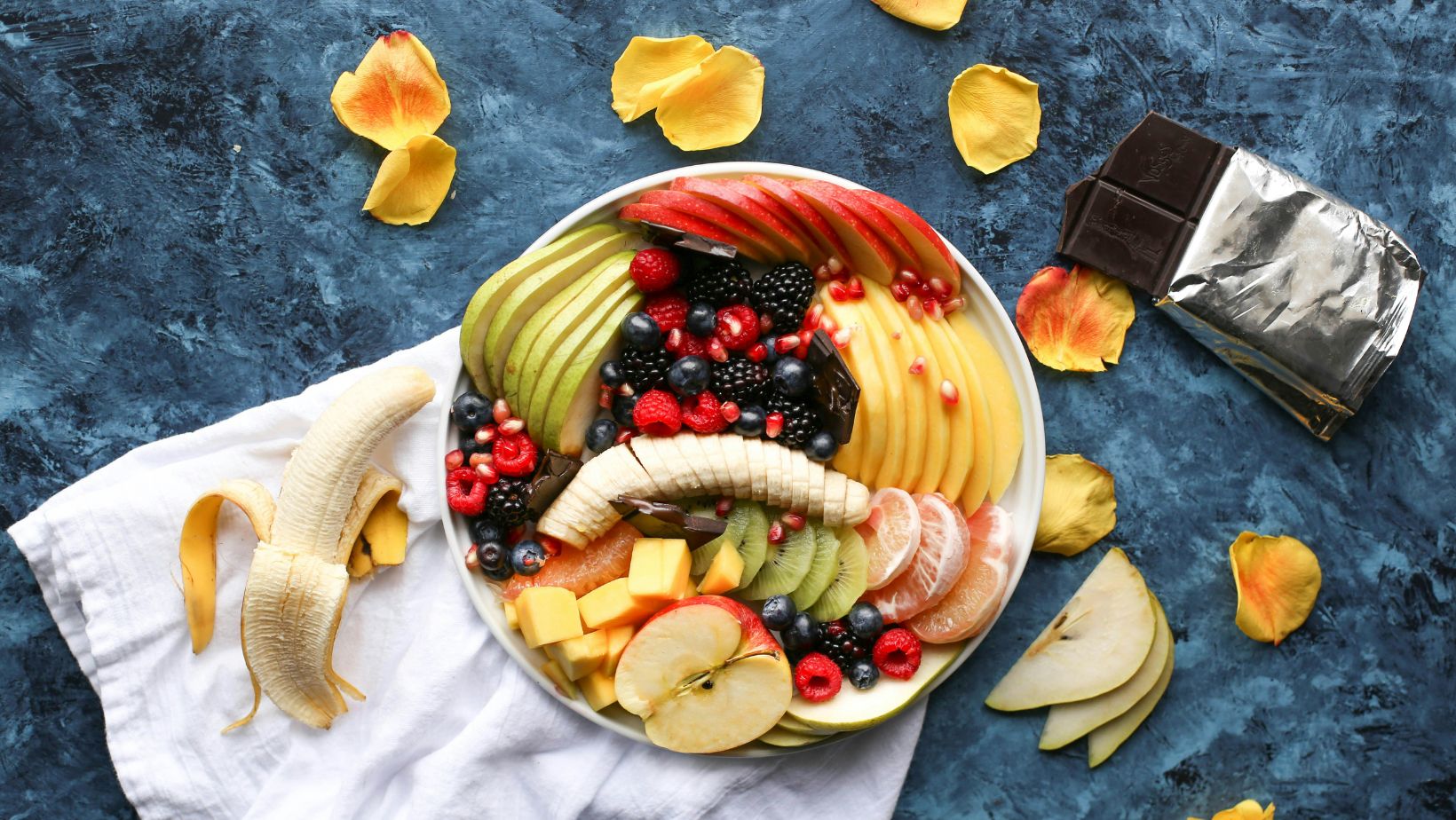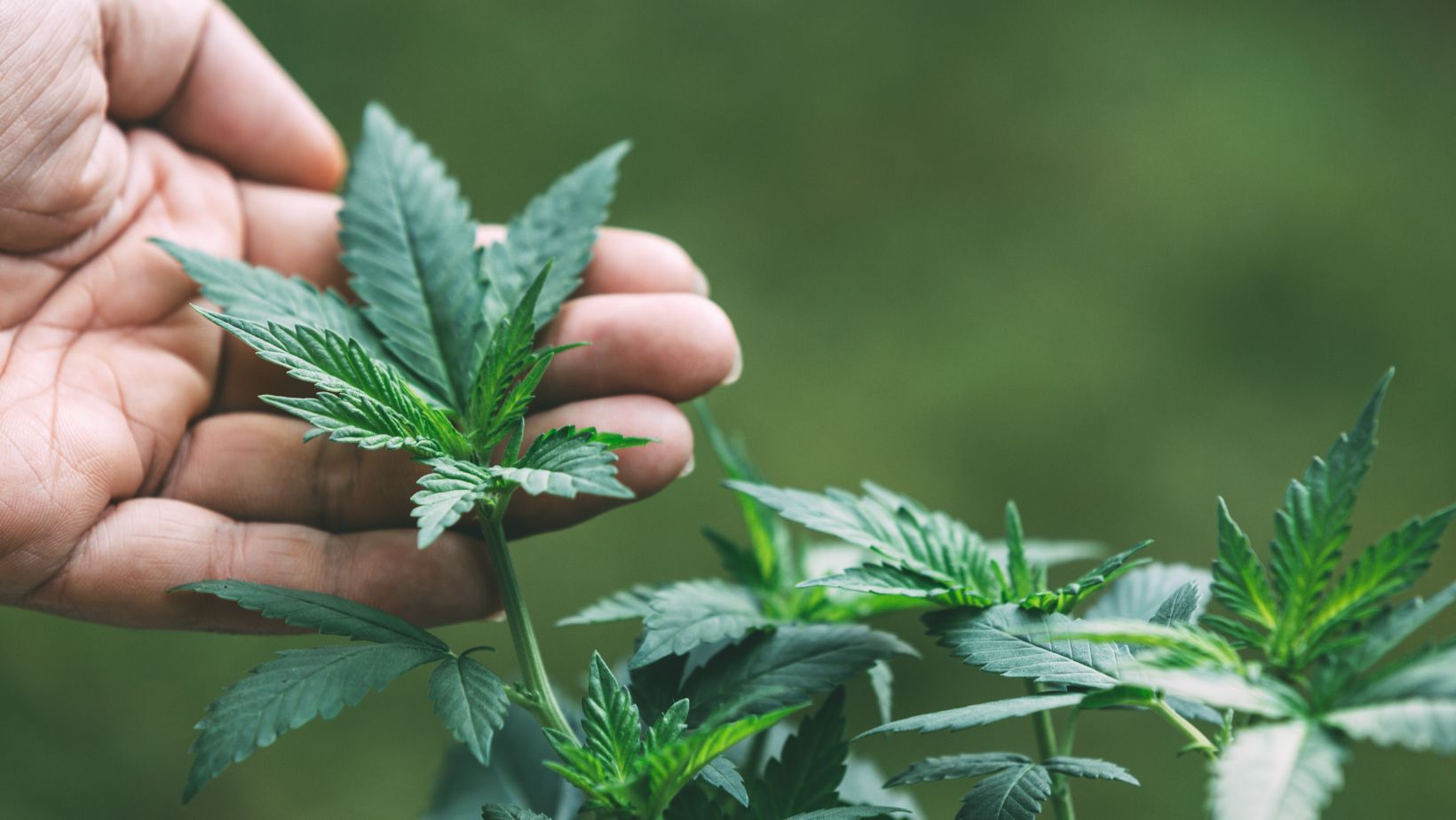Many parents are understandably worried after recent revelations about toxic heavy metals found in popular baby food brands. These contaminants, including lead and arsenic, can pose serious health risks to our little ones.
Their developing bodies are especially vulnerable to the damaging effects of heavy metals, which can lead to a range of health problems down the line. In the wake of this concerning news, toxic baby food lawsuits have emerged, reflecting the deep anxieties parents have about the safety of the food they feed their babies.
This begs the question: what’s next? In this article, we’ll explore the potential solutions and steps being taken to ensure the safety of our children’s food.

Table of Contents
ToggleThe Problem: Toxic Metals in Baby Food
Lead, arsenic, cadmium, and mercury are the heavy metals causing concern in baby food. These toxins can enter the food chain at various stages. Trace amounts of these elements exist naturally in soil, and agricultural practices like using certain pesticides can increase their presence. Food processing can also be a culprit, with contamination potentially arising from machinery or improper handling.
While specific brands may not be named in this article due to ongoing investigations, reports have shown these metals can be present in various baby food types, including rice cereals, fruit and vegetable purees, and even teething biscuits.
A recent study by a nonprofit consumer organization found detectable levels of heavy metals in over 90% of baby food samples tested. This widespread presence underscores the seriousness of the issue.
The Impact: Health Risks for Babies
Babies are especially vulnerable to heavy metal exposure because their bodies are still growing and developing. Their brains and nervous systems are exceptionally delicate, making them more susceptible to damage from these toxins.
Exposure to heavy metals in infancy can lead to a range of health problems, including learning difficulties, behavioral issues, and even delayed development. In some cases, it may also increase the risk of certain cancers later in life. These effects can be long-lasting, impacting a child’s health and well-being for years.
Empowering Parents: What You Can Do
While navigating this situation can be daunting, parents can take control by:
- Consulting a Pediatrician: Discuss concerns with their child’s doctor and seek guidance on diet and potential testing for heavy metal exposure.
- Advocacy Groups: Joining or supporting organizations advocating for stricter regulations and improved safety standards in baby food production.
- Transparency and Labeling: Encouraging manufacturers to be transparent about ingredients and testing procedures, with clear labeling highlighting potential risks.

Holding Manufacturers Accountable: Legal Issues
Parents of children sickened by contaminated baby food may have legal options under product liability laws. These laws hold manufacturers responsible for injuries caused by defective products, which could include food not meeting safety standards.
Consumer protection laws and regulations may also be relevant depending on the specific circumstances.
It’s important to note that pursuing legal action can be complex and involves gathering evidence, proving the child’s illness is linked to the food, and navigating legal procedures. However, successful lawsuits can hold manufacturers accountable for their actions and potentially provide compensation for medical bills and other damages.
Conclusion
The presence of heavy metals in baby food is a severe concern, highlighting infants’ vulnerability and potential health risks. While the path forward requires a multi-pronged approach, there’s hope. Stricter regulations, improved testing, and exploration of alternative ingredients offer promising solutions.
By staying informed and taking action, parents can play a vital role in ensuring the safety of their children’s food. The future of baby food safety is being shaped, and collective action can pave the way for a healthier tomorrow for our little ones.





